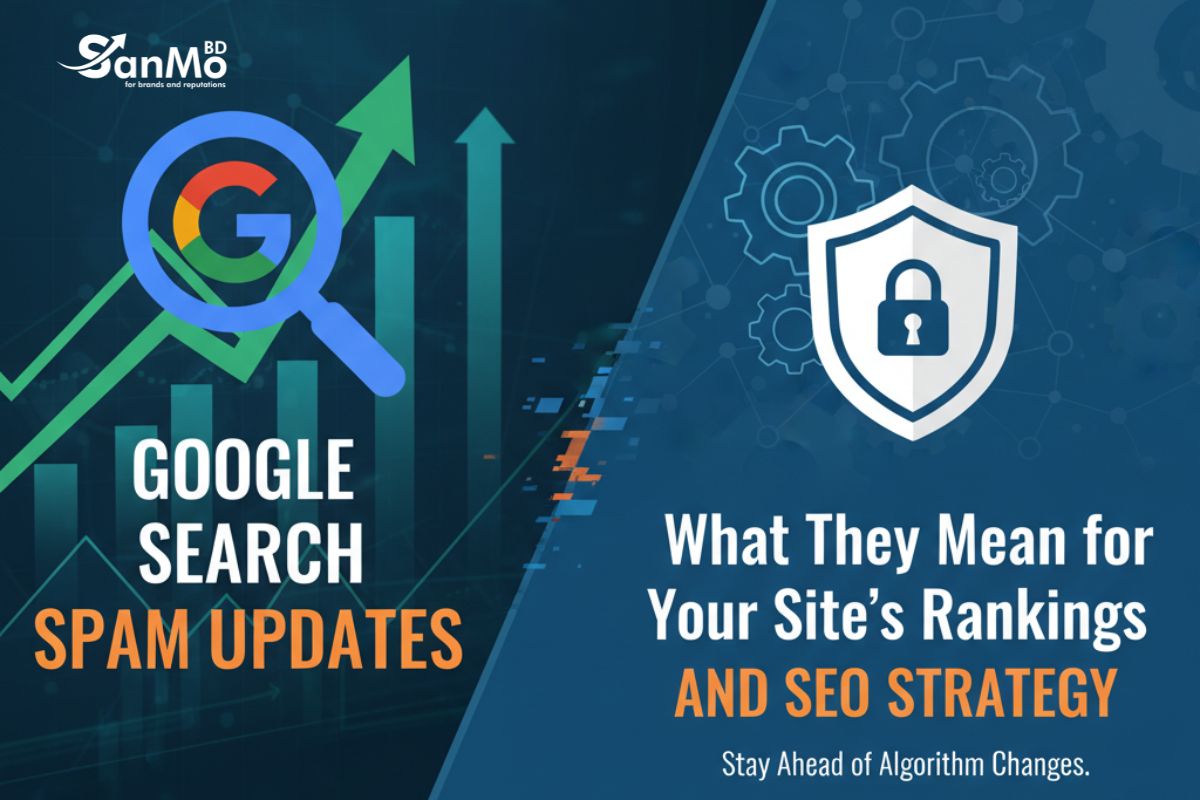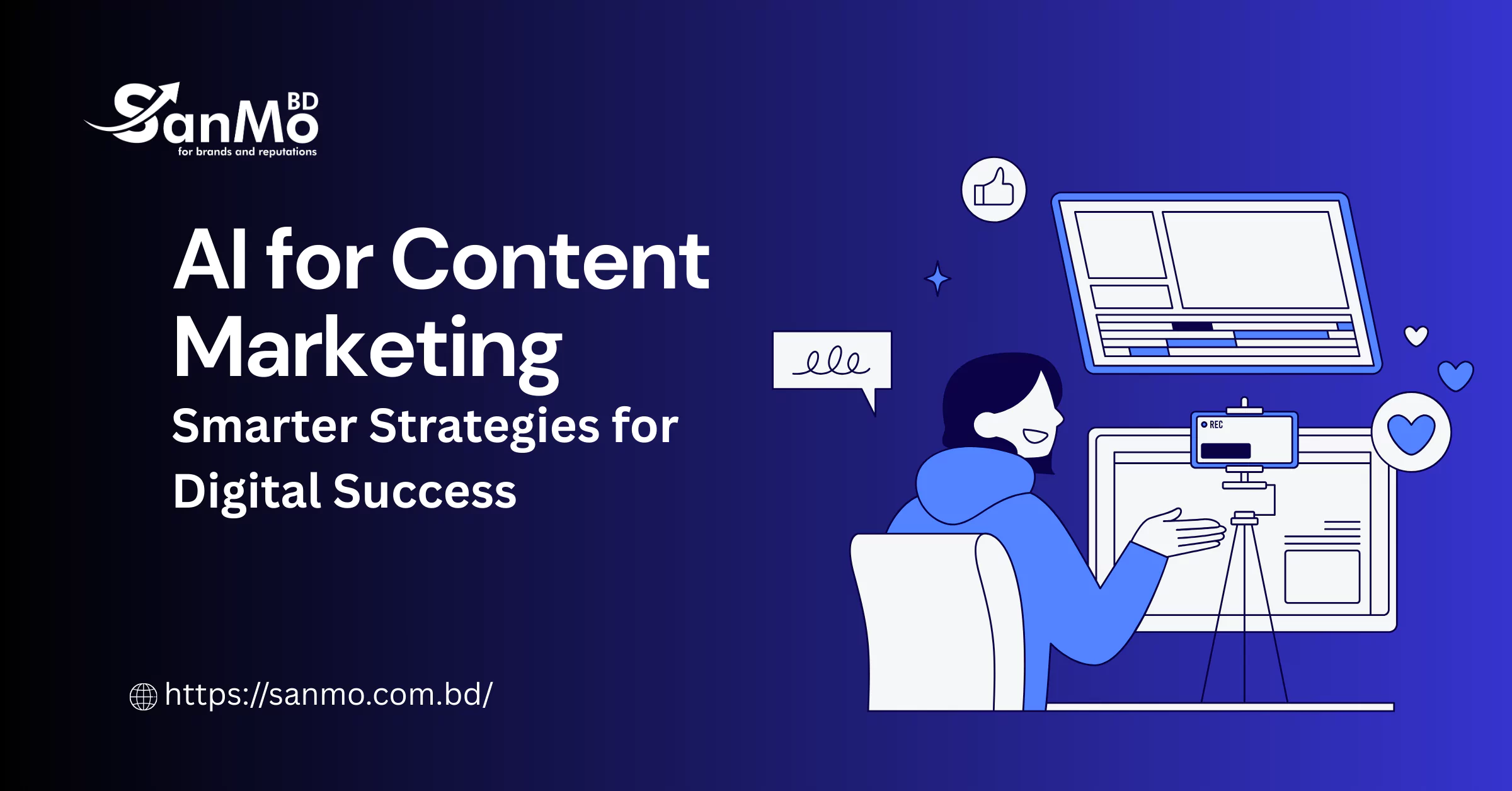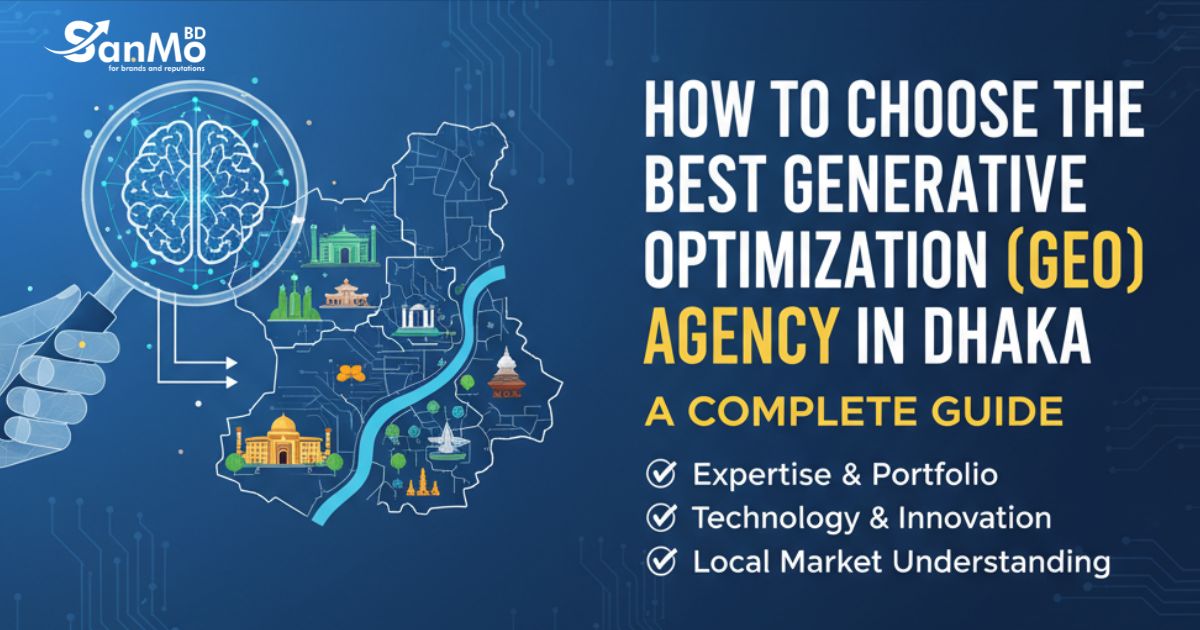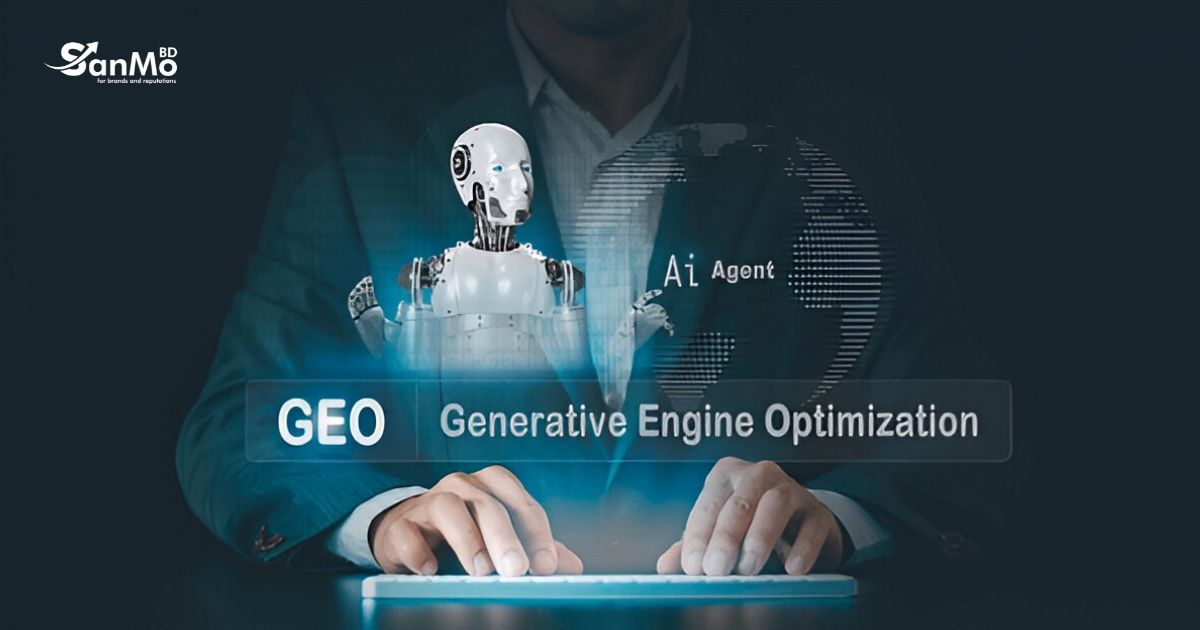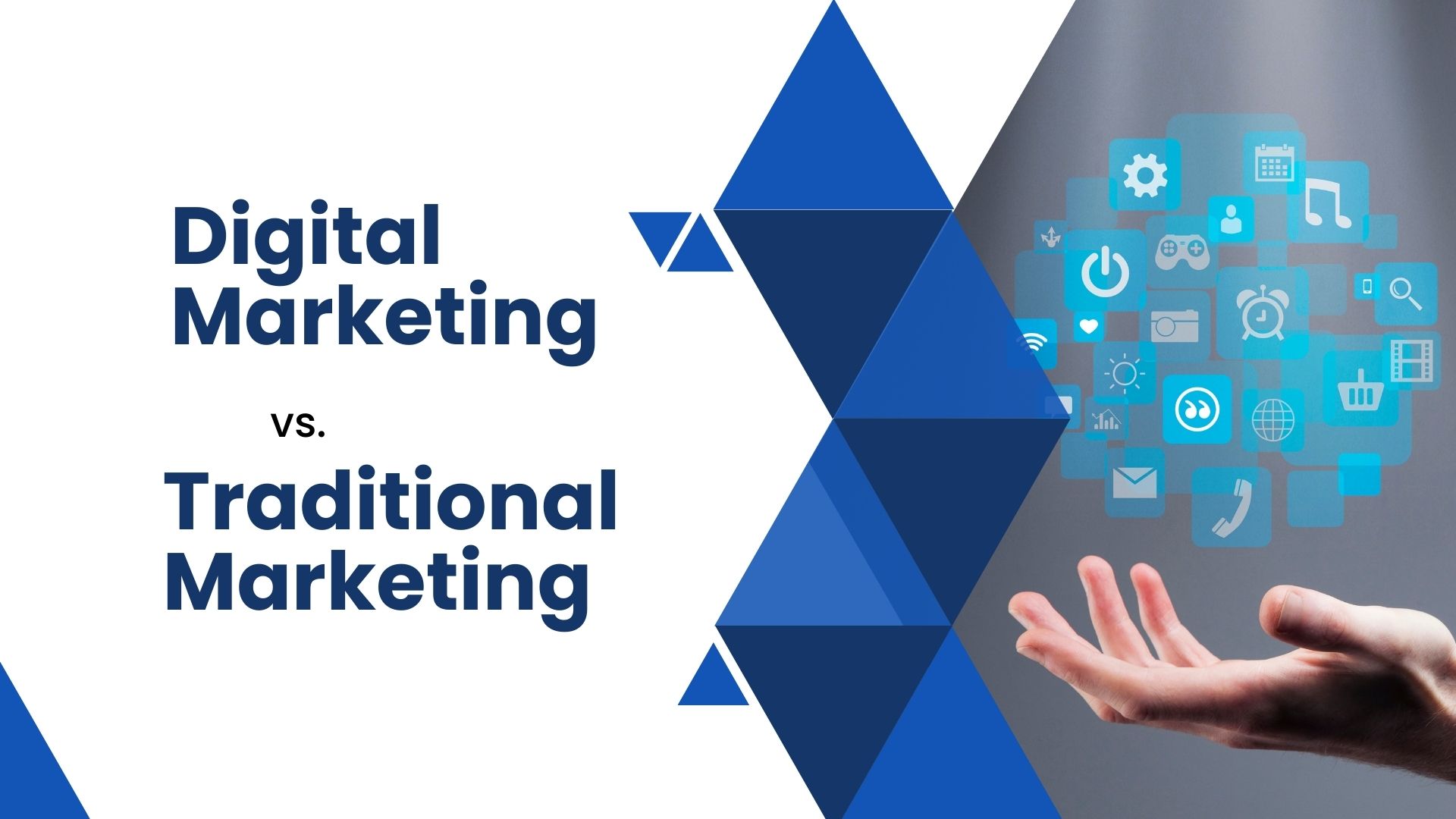In today’s fast-moving digital era, Software as a Service (SaaS) has redefined how businesses access and deploy software. At SanMo BD, we believe that scalable, cloud-based solutions are the future of innovation, and SaaS is at the heart of this transformation. With the SaaS market projected to surpass $1.2 trillion by 2032, it’s clear that companies of all sizes are embracing this model to improve productivity, reduce costs, and stay competitive.
Whether you’re a business leader, product manager, or curious tech enthusiast, this guide will walk you through everything you need to know about SaaS web applications — from features and benefits to development, integration, and security.
What is SaaS?
SaaS (Software as a Service) is a cloud-based software delivery model that allows users to access applications via the internet, with no installation required. Unlike traditional software that demands upfront licensing and installation, SaaS uses a subscription-based pricing model. This makes it easier for businesses to get started without heavy infrastructure costs.
With SaaS, service providers handle everything: updates, maintenance, support, and security, giving you more time to focus on your core business. It allows seamless collaboration, remote accessibility, and predictable cost management.
What is a SaaS Web Application?
A SaaS web application is a software solution hosted in the cloud and accessed through a web browser. These applications are designed for ease of use, flexibility, and remote access. Users can work from anywhere with just an internet connection — no downloads or installations needed.
Popular examples of SaaS applications include Google Workspace, Salesforce, Zoom, Slack, Trello, and HubSpot. These tools have become essential to business operations across industries.
Core Features of SaaS Applications
At SanMo BD, we focus on SaaS solutions that are simple, scalable, and smart. Here are the key features:
- Cloud-Based Access: SaaS applications operate via cloud infrastructure, which means users don’t need to install anything locally. Access is granted through secure login from any device.
- Subscription Model: Most SaaS apps operate on a subscription basis, where users pay monthly or annually based on their usage, features, or number of users.
- Multi-Tenancy: One application serves multiple users or organizations, with each tenant’s data securely isolated. This model reduces infrastructure costs and ensures efficient updates.
- Automatic Updates: SaaS providers frequently roll out updates automatically. This ensures that every user is on the latest version with new features, security patches, and performance improvements.
- Accessibility and Mobility: All you need is an internet connection. SaaS apps allow remote teams to collaborate in real time from any part of the world.
- Scalability: SaaS platforms grow with your business. You can easily add more users, storage, or features without investing in additional hardware.
Key Advantages of SaaS for Businesses

SaaS is more than a tech trend — it’s a business game-changer. Here’s how SaaS empowers organizations:
1. Cost-Efficiency
Traditional software often requires hefty upfront investments in licenses, hardware, and IT support. SaaS reduces those costs significantly by offering pay-as-you-go pricing. It also eliminates maintenance and infrastructure expenses.
2. Remote Access and Collaboration
SaaS platforms enable employees to work from anywhere. This is crucial in today’s remote and hybrid work environments. Teams can communicate, share files, and manage projects in real time.
3. Minimal Maintenance
With SaaS, businesses don’t need a dedicated IT team to manage software updates or troubleshooting. The provider handles all technical issues and updates.
4. Seamless Integration
Many SaaS tools integrate with each other. For example, your CRM can connect with your email marketing platform, ERP system, or customer support software.
5. Flexibility and Scalability
Whether you’re scaling up or down, SaaS can adjust to your business needs. You can upgrade, downgrade, or cancel plans without being locked into long-term contracts.
6. Enhanced Security
Top SaaS platforms follow industry-leading security practices such as data encryption, multi-factor authentication, and regular audits.
7. Faster Deployment
Unlike traditional software, which takes time to install and configure, SaaS can be deployed instantly.
Types of SaaS Applications
SaaS applications cater to a wide range of industries and functions. Here are the most common types:
Enterprise SaaS
Enterprise software focuses on large-scale operations and includes applications such as Salesforce (CRM), SAP (ERP), and ServiceNow (ITSM). These platforms centralize data, automate workflows, and support enterprise-grade compliance.
Collaboration Tools
These tools promote team communication, project collaboration, and file sharing. Examples include Slack, Microsoft Teams, and Google Docs. They’re essential for remote and hybrid teams.
Finance and Accounting Software
SaaS apps like QuickBooks, Xero, and Financfy offer invoicing, payroll, tax management, and financial reporting. They simplify financial tasks and improve accuracy.
Marketing and Sales Platforms
Platforms like HubSpot, Mailchimp, and ActiveCampaign help businesses attract leads, nurture prospects, and analyze campaign performance. Many include automation, CRM, and analytics.
Project Management Tools
SaaS project management platforms such as Asana, Trello, and Jira help teams organize tasks, set deadlines, and track progress. These tools are widely used in software development, marketing, and operations.
Case Study: Financfy by SanMo BD
One of the standout products offered by SanMo BD is Financfy. This cloud-based accounting solution is tailor-made for small and medium-sized businesses.
With Financfy, businesses can:
- Manage cash flow
- Track expenses and income
- Automate invoicing
- Monitor inventory
- Generate financial reports
It combines user-friendly design with powerful features to ensure a seamless financial management experience from anywhere.
How SaaS Web Applications Work
Understanding the backend of SaaS is essential. These apps are hosted on the cloud using services like AWS, Azure, or Google Cloud. Here’s how they work:
- The front-end (user interface) runs on web technologies like HTML, CSS, and JavaScript.
- The back-end (server-side) handles database interactions, user authentication, and business logic.
- Data is stored securely in cloud-hosted databases with redundancy and backup protocols.
- APIs connect SaaS tools to other platforms, enabling integration.
SaaS Security Considerations
Security is critical when using cloud-based software. At SanMo BD, we ensure:
- Data Encryption: We use TLS/SSL encryption to secure data in transit and AES-256 for data at rest.
- Access Control: Role-based access permissions ensure users only see data they’re authorized to access.
- Multi-Factor Authentication (MFA): Adds an extra layer of login security.
- Compliance: Our SaaS platforms adhere to GDPR, HIPAA, and SOC 2 standards where required.
- Continuous Monitoring: Real-time threat detection and regular vulnerability assessments.
API Integrations
APIs (Application Programming Interfaces) are essential for modern SaaS apps. They:
- Connect your SaaS app with third-party tools
- Automate workflows (e.g., CRM to email tool)
- Enable seamless data sharing across platforms
- Allow developers to build on top of existing applications
Data Storage and Backup
SaaS platforms rely on cloud storage systems that:
- Distribute data across multiple servers
- Provide regular backups and versioning
- Use disaster recovery protocols to protect against data loss
How to Build a SaaS Web Application
Developing a SaaS app requires careful planning and execution. At SanMo BD, we follow these steps:
1. Market Research & Validation
Identify a market gap and validate your idea through surveys, interviews, and competitor analysis.
2. UI/UX Design & Prototyping
Design a user-friendly interface using tools like Figma. Create wireframes and mockups.
3. Front-End & Back-End Development
- Front-end: React, Angular, or Vue for responsive design.
- Back-end: Node.js, Django, or Ruby on Rails for server logic.
4. Database Integration
Use PostgreSQL, MySQL, or MongoDB for secure, scalable data management.
5. Testing & Deployment
Perform unit testing, integration testing, and user acceptance testing. Host the application on AWS, Azure, or GCP.
6. Launch & Iteration
Deploy the MVP (Minimum Viable Product), collect user feedback, and continuously improve.
Technology Stack at SanMo BD

We use modern technologies to build robust SaaS applications:
- Front-End: React, Vue, Angular
- Back-End: Node.js, Django, Ruby on Rails
- Databases: PostgreSQL, MySQL, MongoDB
- Cloud Hosting: AWS, Azure, Google Cloud
- DevOps Tools: Docker, Kubernetes, GitHub Actions
Challenges in SaaS Development
Building SaaS apps isn’t without challenges. Common issues include:
- Ensuring top-notch security
- Handling scalability as users grow
- Maintaining high performance and speed
- Meeting compliance requirements
- Managing feature rollouts and version control
We tackle these challenges head-on with smart architecture, automated testing, and proactive customer support.
Choosing the Right SaaS for Your Business

Here’s how to select a SaaS solution that fits:
- Evaluate Your Needs: Understand daily operations and pain points.
- Compare Features: Choose tools with must-have capabilities.
- Check Integration: Ensure compatibility with your current systems.
- Assess Cost: Consider subscription pricing, scalability, and hidden fees.
- Review Support: Look for responsive customer support and detailed documentation.
- Security and Compliance: Choose providers with strong data protection policies.
Final Thoughts
SaaS is reshaping the digital world with agile, scalable, and cost-effective software delivery. Businesses using SaaS can innovate faster, collaborate better, and adapt to change more easily.
At SanMo BD, we help businesses unlock the true potential of SaaS. Whether you’re looking to build a custom SaaS solution or implement one off the shelf, our team is here to guide you every step of the way.
Ready to empower your business with SaaS? Let SanMo BD help you build the future, one cloud-based solution at a time.

